The initial F59 locomotives looked remarkably like EMD F40s. GO Transit ordered 49 units to re-equip its entire locomotive fleet. The new Canadian locomotive caught the eye of transit agencies in the “lower 48.” Soon, the State of California zeroed in on the F59 for the state-funded Amtrak California operation. The California design was tweaked a bit, but the differences were primarily cosmetic.
And oh what a difference in the cosmetics! Gone was the boxy nose and carbody; replaced by a sleek, streamlined shape with a long, sloping snout. In a return to the early days of streamlining, the locomotive’s skirts were designed to match the bi-level coaches California also ordered for the service. The new model was designated the F59PHI.
The locomotive has a 3,200-horsepower prime mover as well as a separate Caterpillar diesel engine that provides electric power for the bi-level coaches. The locomotive’s maximum speed is 110 mph.
More than 130 F59s have been ordered in different variations by no fewer than 14 railroads/transit systems, and the diesels are pretty close to universally praised.
The model
We reviewed MTH’s original no. 20-2213-1 F59 in the December 2000 issue. The major difference between the Amtrak California model that we reviewed then and the Premier line Sound Transit version reviewed here is that the latter is equipped with ProtoSound 2.0 while the former had the now outdated ProtoSound 1.0.
The F59 doesn’t look like most diesel locomotives. The nose of the F59 has a rakish slope that you’d expect to see on some sort of trans-European express train, and not on a diesel hauling a load of commuters for Seattle’s Sound (as in the body of water) Transit system.
The die-cast metal pilot is a massive chunk of metal that emulates the prototype – blunt chiseled steel with angled corners. Visually, this is an interesting contrast with the gentle shape of the snout. On the MTH model there are just a few cast-in details (the prototype pilot is equally clean), with an add-on uncoupler arm just above the coupler shaft that extends through the pilot.
Four lights (two white, two red) adorn the lower lip of the nose, while illuminated number boards bracket the headlight. The cab also features illumination as well as two crew figures. The engineer sits behind a “wrap-around” control panel. However, wearing coveralls and an engineer’s bandanna, both figures are dressed more appropriately for a cab ride in a New York Central Hudson than a modern F59 diesel.
Behind the figures a plain gray shield hides the forward can-style motor from view. The cab light is located at dashboard level, casting a gentler, indirect glow. The effect is better than a bulb on the underside of the roof.
Three panes make up the windshield, each with a wiper arm. Add-on rear-view mirrors are placed at the side cab windows. Both cab doors open and are framed by add-on grab irons. The flanks of the shell have considerable cast-in rivet and seam detail and even small capped tubes for sand at the rear. There is stylized fluting along the sides of the locomotive, and the Sounder name is skillfully applied over the texture.
There are four see-through screens on each side and additional roof-edge screens just behind the crew compartment. The roof has a handful of lift rings as well as air-conditioner and fan detail (you can see the fan blades through the radiator screens), and an exhaust for the smoke unit. Just behind the exhaust and beneath a walkover ramp is a five-chime horn.
The rear of the locomotive has a deck surface with textured safety pattern. The rear also has add-on grab irons leading to the roof, a red marker light, and a porthole in the cast-in rear door.
The safety railing includes a chain between the middle stanchions. The die-cast pilot has cast-in steps as well as cast-in brake and multiple-unit hoses.
The die-cast metal trucks have nice cast-in brake, rivet, and sander detail. The first two cab steps are affixed to the swiveling truck frames. The die-cast metal fuel tank features cast-in fluting, a fuel-sight gauge, and fuel-cap detail. It also houses the sound-system speaker, and the dense metal helps create deep, rich sound reproduction.
Overall, the application of this tricky nautical paint job on our sample was good. We had to get our eyeballs about an inch from the shell before we noticed a spot or two where too little paint had been applied, and a few more locations where some minor corrections had been made. Also, the paint on the engineer’s side steps wasn’t as crisp as I expected. Again, that was with my eye almost touching the paint. When run on a layout, the colorful paint scheme overall looks as sharp as a tack.
Unlike MTH’s original run of the scale-sized F59, which was available in one road name (but three cab numbers), the latest offerings include Amtrak California, Caltrain, MetroLink, and Sound Transit Sounder. But wait, there’s more. A dummy unit can be had for a mere $159.95.
On the test track
Operation of our sample locomotive was smooth and responsive in all speed ranges in both conventional- and command-control modes. The visual effect is about as graceful as it gets in modern locomotion.
Our low-speed average for this model was 2.75 scale mph, while our high-speed average was 77.9 scale mph. Drawbar pull for the locomotive was 2 pounds 5 ounces.
The coil couplers, passenger sounds, cruise control, and other Digital Control System functions operated flawlessly. The sound reproduction of MTH’s F59 is remarkable. It reminded me of the first time I heard a Bose Wave radio. I did a double-take that such a large, clear sound could emanate from such a small plastic box.
The same thing goes for the F59. The 12-cylinder, turbocharged prime mover sounds are robust and crystal clear. Hit the horn and it will almost bring tears to your eyes. Hearing is believing with this model.
The MTH F59PHI is a first-rate design of a modern passenger locomotive. The superb performance of this O gauge model just may get you to take a stab at the 1:48 scale commuter train business.





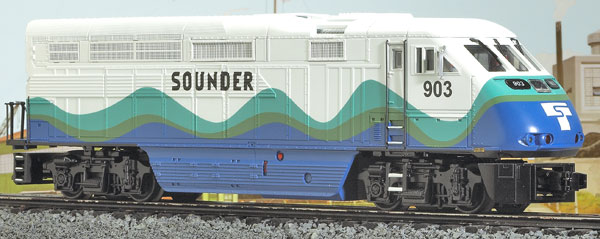

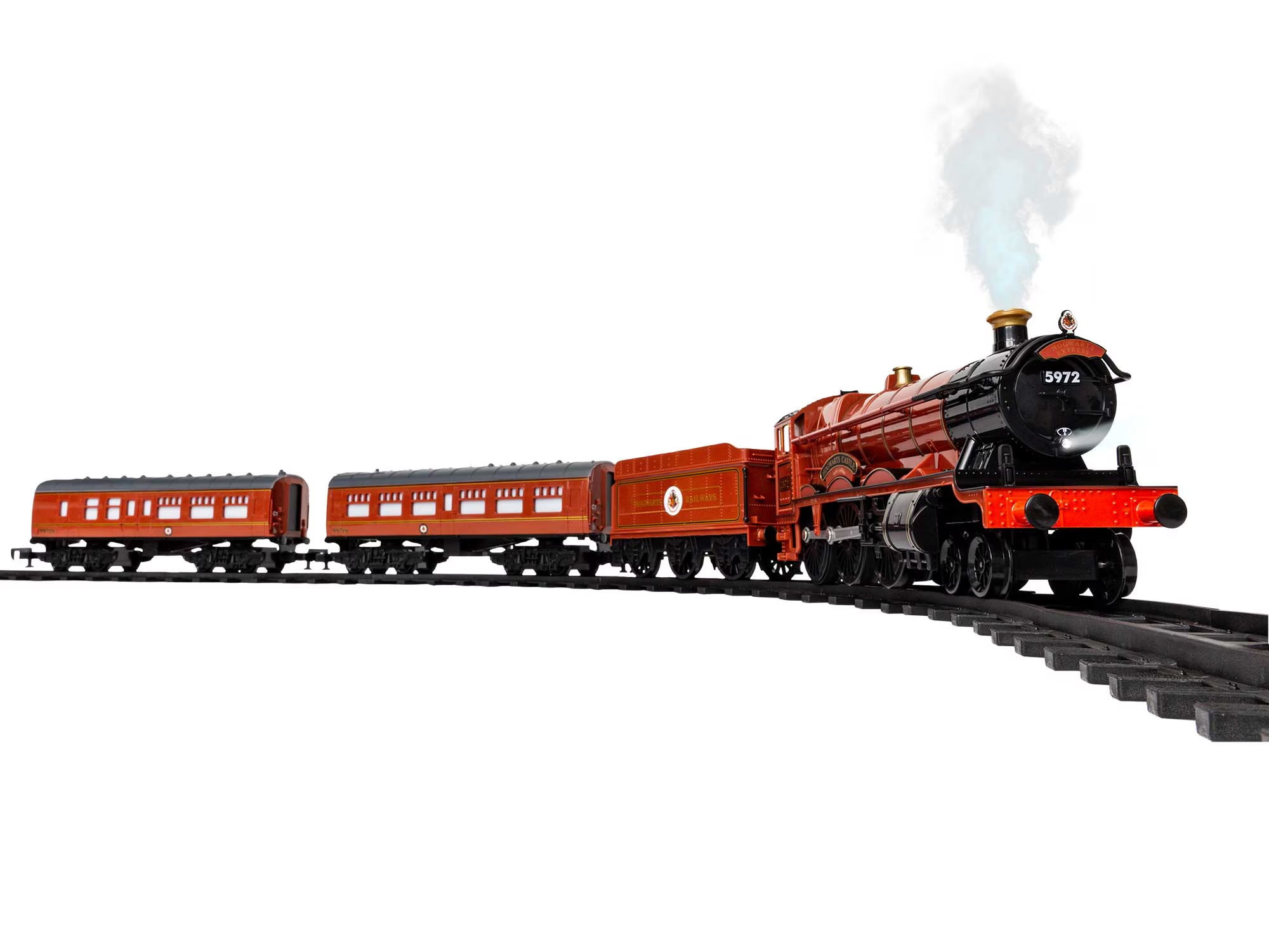
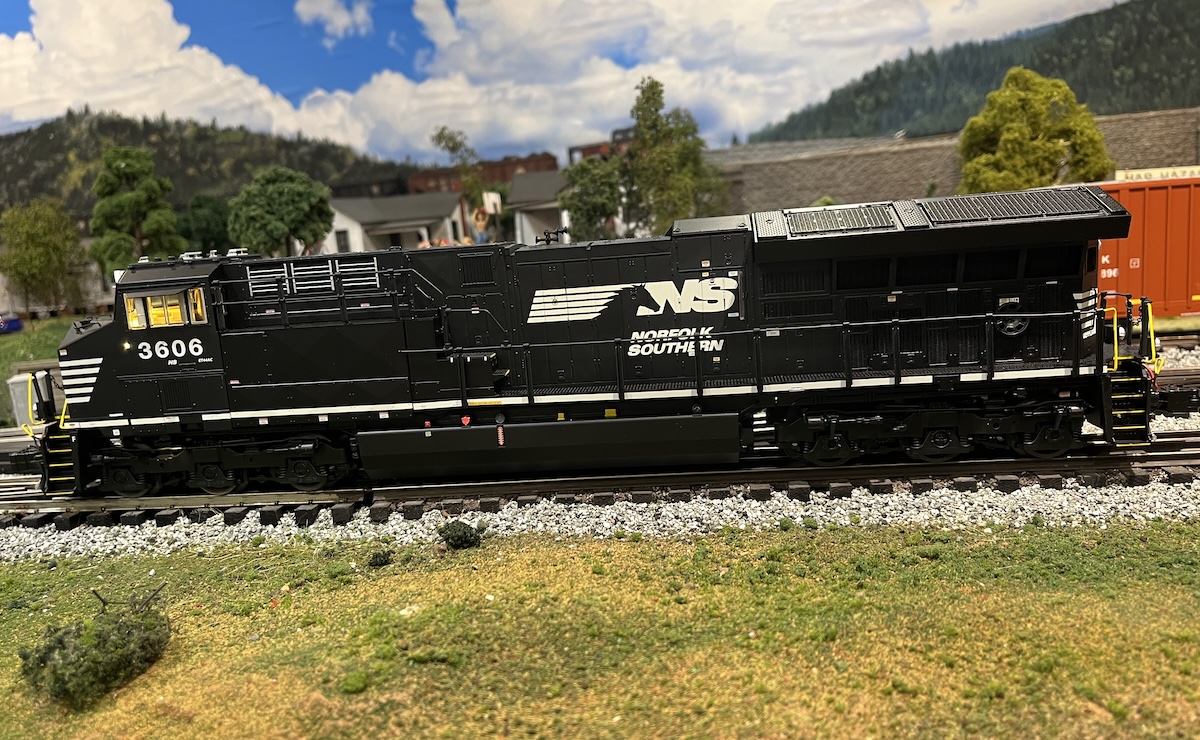
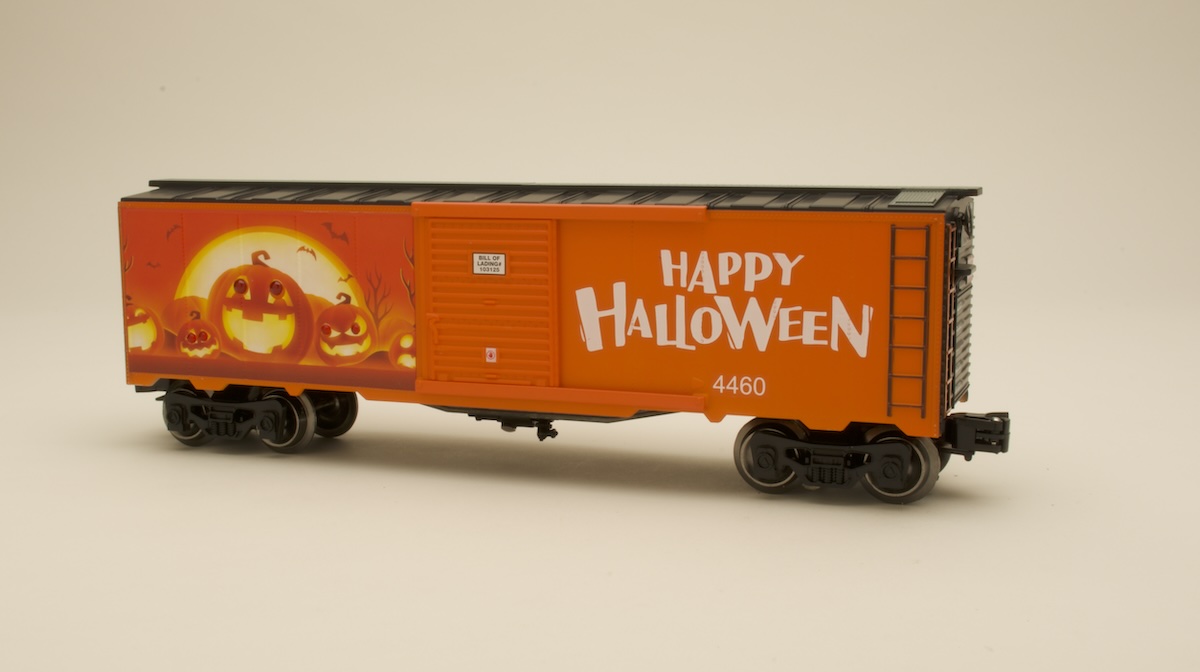
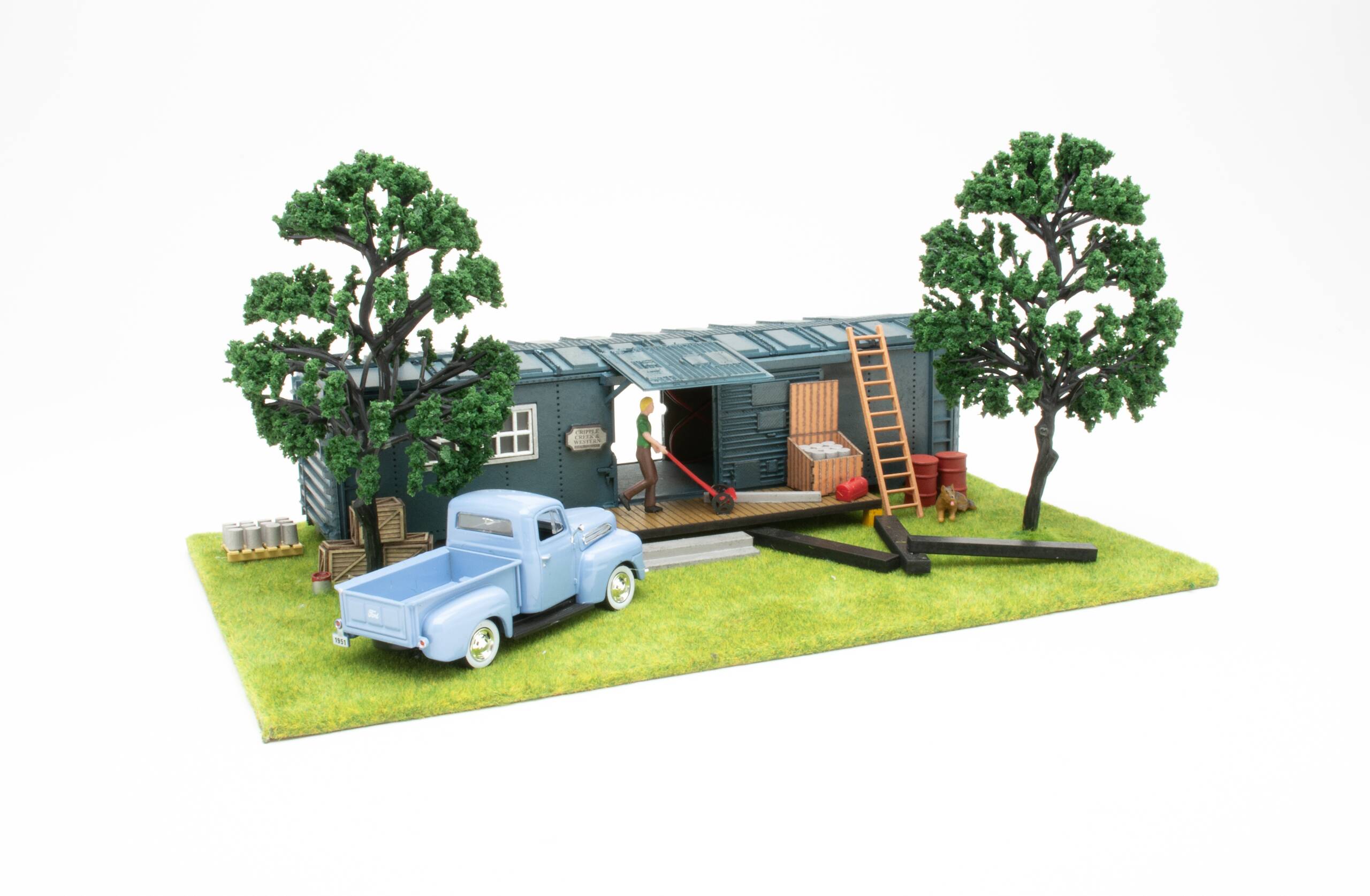




Port Alberni Vancouver Island-what a beautiful unit!!!
two of my friends also bought this train and we all lov the sound and operation .A gold star **** to mth. Carl, Peter and Bill.